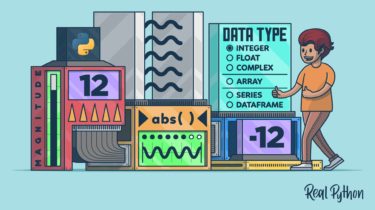Quick Tutorial for Numpy Linspace with Examples for Beginners
What is Linspace() in Numpy Numpy Linspace() function is used to create a numpy array with evenly spaced numbers between the two intervals provided as input. In this tutorial, we will see the syntax of np.linspace() and see various examples by using various parameters. Numpy Linspace: np.linspace() Syntax np.linspace(start, stop, num=50, endpoint=True, retstep=False, dtype=None, axis=0) start – This signifies the starting value of the sequence and can be a number or an array-like value. stop – This signifies the stop […]
Read more

